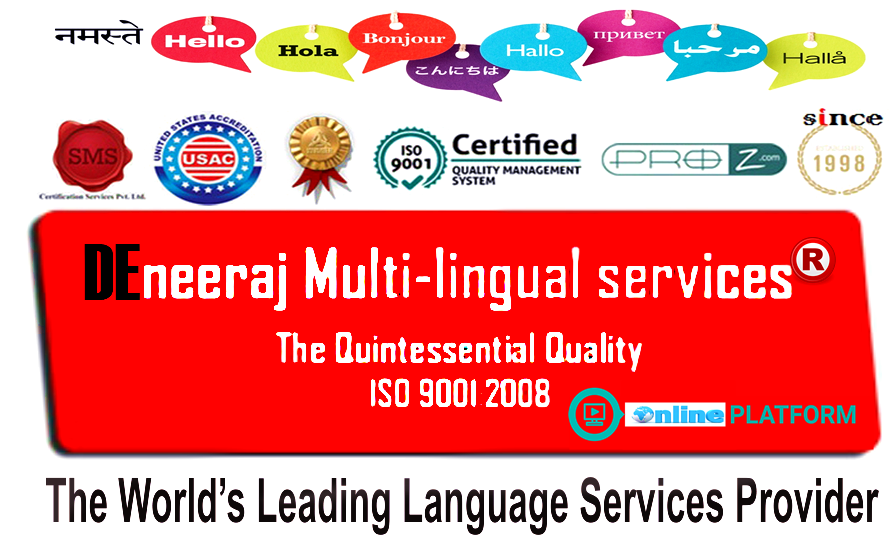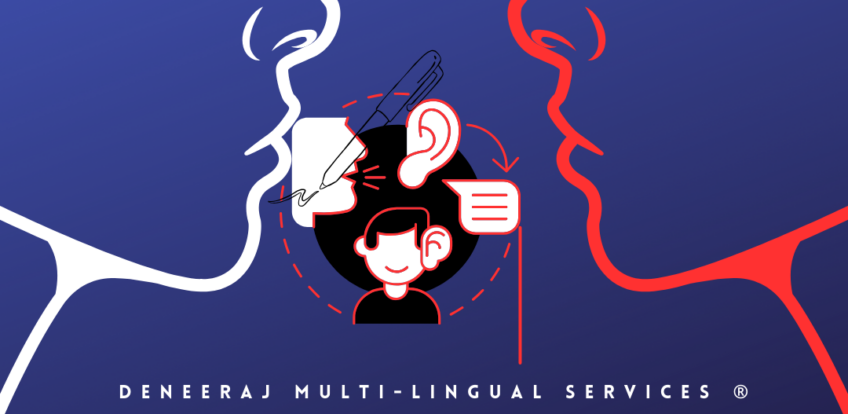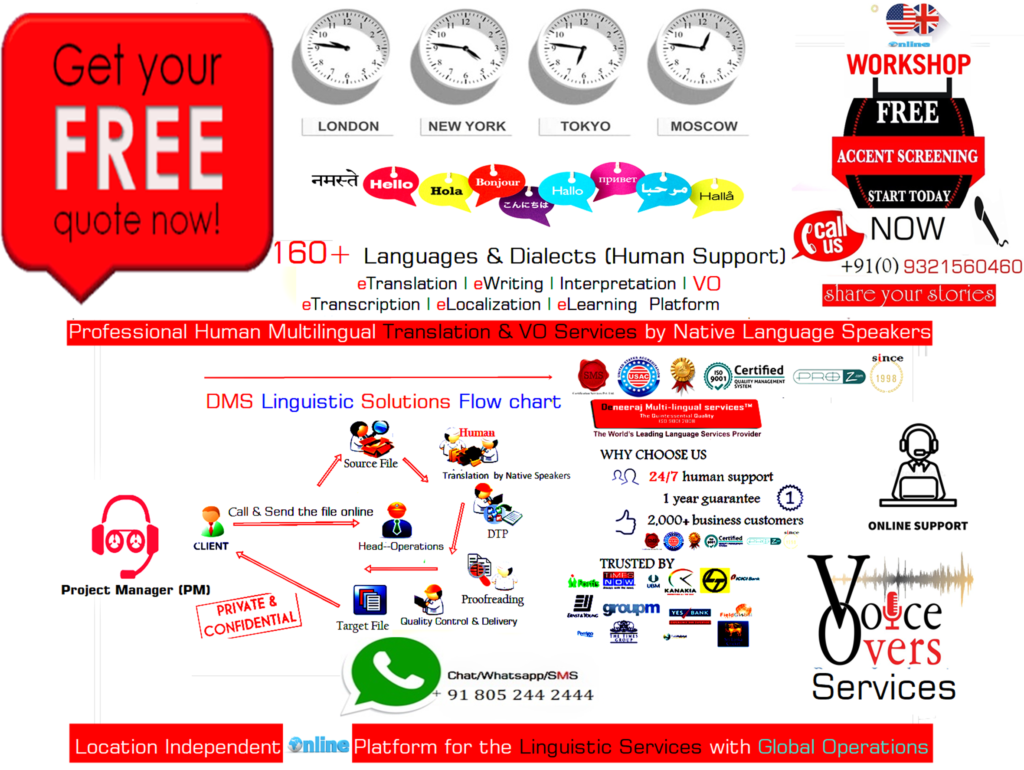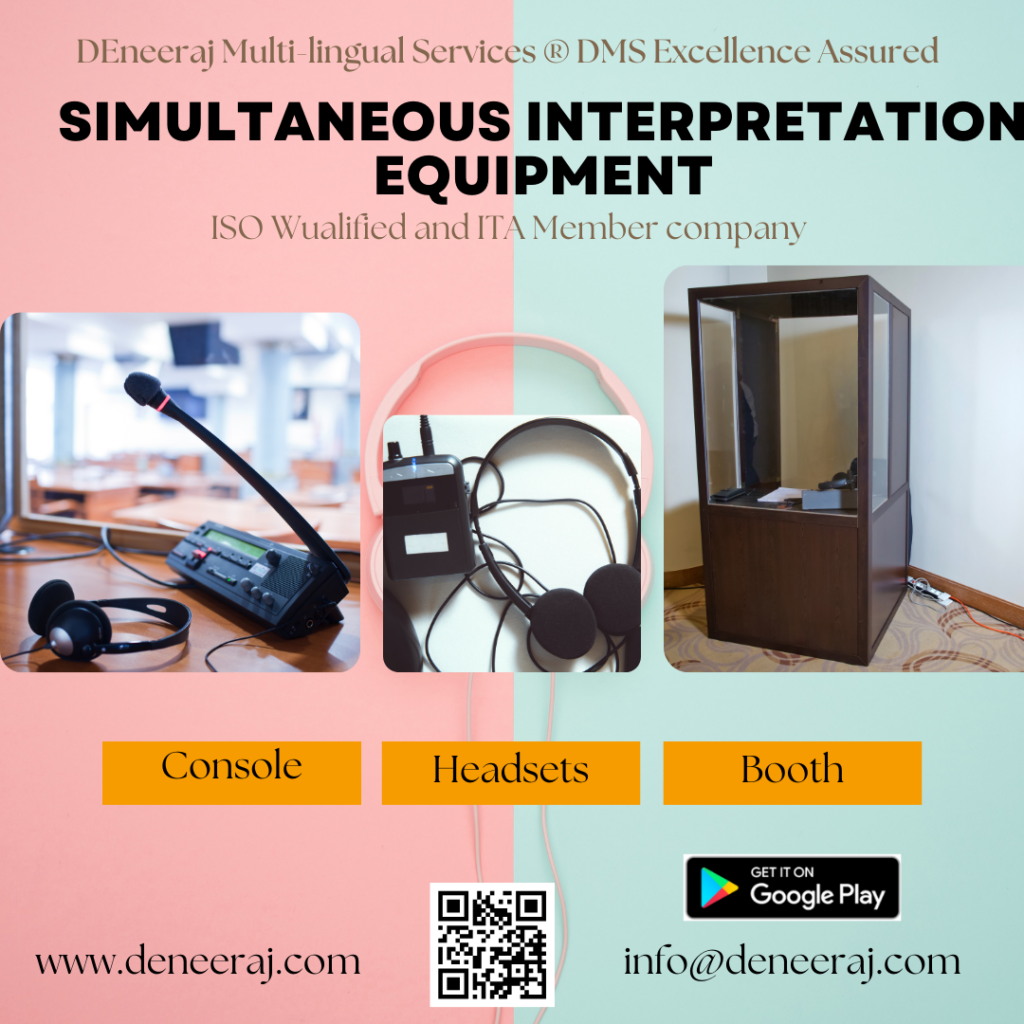The Key Differences Between Translation and Interpretation
The Key Differences Between Translation and Interpretation in Cross-Cultural Communication
In an increasingly globalized world, effective cross-cultural communication is crucial for business, diplomacy, healthcare, and legal affairs. While translation and interpretation are often used interchangeably, they serve distinct functions that cater to different communication needs. Understanding the key differences between these two linguistic disciplines is essential for selecting the right approach in any multilingual interaction.
- Mode of Communication
The most fundamental difference between translation and interpretation lies in their mode of communication:
- Translation deals with written text. It involves converting written material from one language to another while preserving its meaning, tone, and style.
- Interpretation is spoken or signed communication. It facilitates real-time conversations between speakers of different languages, ensuring seamless oral or sign-language communication.
- Real-Time vs. Deferred Processing
- Translation is a time-intensive process that allows for careful analysis. Translators have the luxury of using dictionaries, glossaries, and translation software to ensure accuracy and consistency.
- Interpretation is an immediate process. Interpreters must deliver messages on the spot, often without the opportunity to revise their work, making quick thinking and adaptability essential skills.
- Accuracy and Nuance
- Translation requires a high degree of accuracy. Translators meticulously refine their work to maintain linguistic fidelity, cultural nuances, and industry-specific terminology.
- Interpretation prioritizes conveying the core message over verbatim accuracy. Due to time constraints, interpreters often paraphrase and restructure sentences to facilitate smooth communication while retaining the original intent.
- Skill Sets and Training
- Translators must possess strong writing skills, cultural awareness, and proficiency in specialized domains such as legal, medical, or technical translation.
- Interpreters require excellent listening, memory retention, and public speaking skills. They must process and relay information almost instantaneously, often working under high-pressure situations like international conferences or courtrooms.
- Types and Methods
Translation Types
- Literal (word-for-word) translation – Used for technical documents where precision is paramount.
- Transcreation – Used for marketing and literary texts where cultural adaptation is necessary.
- Localization – Adjusts content for regional audiences, such as website and software translation.
Interpretation Types
- Simultaneous Interpretation – The interpreter speaks while the speaker is talking, commonly used in the UN or large conferences.
- Consecutive Interpretation – The interpreter speaks after the speaker pauses, often used in legal and medical settings.
- Whispered Interpretation (Chuchotage) – Used for small groups, where the interpreter whispers the translation in real-time.
- Technological Integration
Advancements in artificial intelligence and machine learning have revolutionized both fields, but their impact varies:
- Machine Translation (MT) tools like Google Translate assist translators by providing initial drafts, but human expertise remains essential for nuanced and contextually accurate translations.
- AI-Powered Interpretation tools, such as real-time speech recognition and automatic interpretation devices, are improving but still struggle with complex conversations, cultural references, and emotional subtleties.
- Cross-Cultural Impact
Both translation and interpretation play a critical role in bridging linguistic and cultural gaps. However, their impact varies:
- Translation ensures that written content, including literature, legal documents, and business communications, is accurately conveyed across cultures.
- Interpretation fosters direct engagement, allowing for immediate feedback, negotiation, and personal interaction.
While translation and interpretation share the common goal of enabling cross-cultural communication, their methods, skill sets, and applications differ significantly. Translation is best suited for written content that requires precision and revision, while interpretation excels in dynamic, real-time interactions. By recognizing these differences, businesses, governments, and organizations can leverage the right approach to enhance global communication and foster cultural understanding.
One-Stop Solution for Language Interpretation and Translation
With more than 19 years of experience, DEneeraj Multilingual Services® (DMS) is the trusted language services provider for over 500 clients worldwide. We offer high-quality phone, video, and onsite interpreting, translation, and website localization services in Mumbai and beyond.
As an industry leader, we provide the fastest and most dependable access to highly trained interpreters and translators in more than 160 languages, 24/7. Our customer-focused professionals ensure seamless multilingual communication using an advanced communications system and scalable language access solutions across Lucknow, Pune, Mumbai, Kolkata, Delhi, Noida, Indore, Jaipur, and Chennai.
📞 Contact us today for a FREE quote! Let us help you bridge the language gap with precision and professionalism.
Professional Translation Services | Human Translation Services in India I Remote Phone Interpretation Services I Voice Over & Dubbing Company India
- Document translation in Mumbai
- Back Translation in Mumbai
- Interpretation Services in Mumbai
- Simultaneous Interpretation Services in Mumbai
- Over-the-phone interpretation services in Mumbai
- Telephone Interpretation Services in Mumbai
- Type Setting, Proofreading, and DTP in Mumbai
- Graphics Designing in Mumbai
- Transliteration Services in Mumbai
- Voice Over (VO), Recording Services in Mumbai
- EBook and Publishing in Mumbai
- Website translation and Content Writing in Mumbai
- Translation and Linguistic Validation in Mumbai
- Software Localization services in Mumbai
- Both voice-based(BPO) and non-voice-based processes in Mumbai
- Bengali Translation Services, Bengali Translators, Bengali Interpreters, Bengali Interpretations Services
- Thai Translation Services, Thai Translators, Thai Interpreters, Chinese Interpretations Services
- Danish Translation Services, Danish Translators, Danish Interpreters, Danish Interpretations Services
- French Translation Services, French Translators, French Interpreters, French Interpretations Services
- Gujrati Translation Services, Gujrati Translators, Gujrati Interpreters, Gujrati Interpretations Services
- Persian Translation Services, Persian Translators, Persian Interpreters, Persian Interpretations Services
- Portuguese Translation Services, Portuguese Translators, Portuguese Interpreters, Portuguese Interpretations Services
- Russian Translation Services, Russian Translators, Russian Interpreters, Russian Interpretations Services
- Sanskrit Translation Services, Sanskrit Translators, Sanskrit Interpreters, Sanskrit Interpretations Services
- Tamil Translation Services, Tamil Translators, Tamil Interpreters, Tamil Interpretations Services
- Thai Translation Services, Thai Translators, Thai Interpreters, Thai Interpretations Services
- Turkish Translation Services, Turkish Translators, Turkish Interpreters, Turkish Interpretations Services
- Arabic Translation Services, Arabic Translators, Arabic Interpreters, Arabic Interpretations Services
- German Translation Services, German Translators, German Interpreters, German Interpretations Services
- Indian Translation Services, Indian Translators, Indian Interpreters, Indian Interpretations Services
- Italian Translation Services, Italian Translators, Italian Interpreters, Italian Interpretations Services
- Lebanese Translation Services, Lebanese Translators, Lebanese Interpreters, Lebanese Interpretations Services
- Marathi Translation Services, Marathi Translators, Marathi Interpreters, Marathi Interpretations Services
- Spanish Translation Services, Spanish Translators, Spanish Interpreters, Spanish Interpretations Services
- Japanese Translation Services, Japanese Translators, Japanese Interpreters, Japanese Interpretations Services
- Polish Translation Services, Polish Translators, Polish Interpreters,
- Chinese Translation Services, Chinese Translators, Chinese Interpreters, Chinese Interpretations Services
By DEneeraj Multi-lingual services® (DMS)




